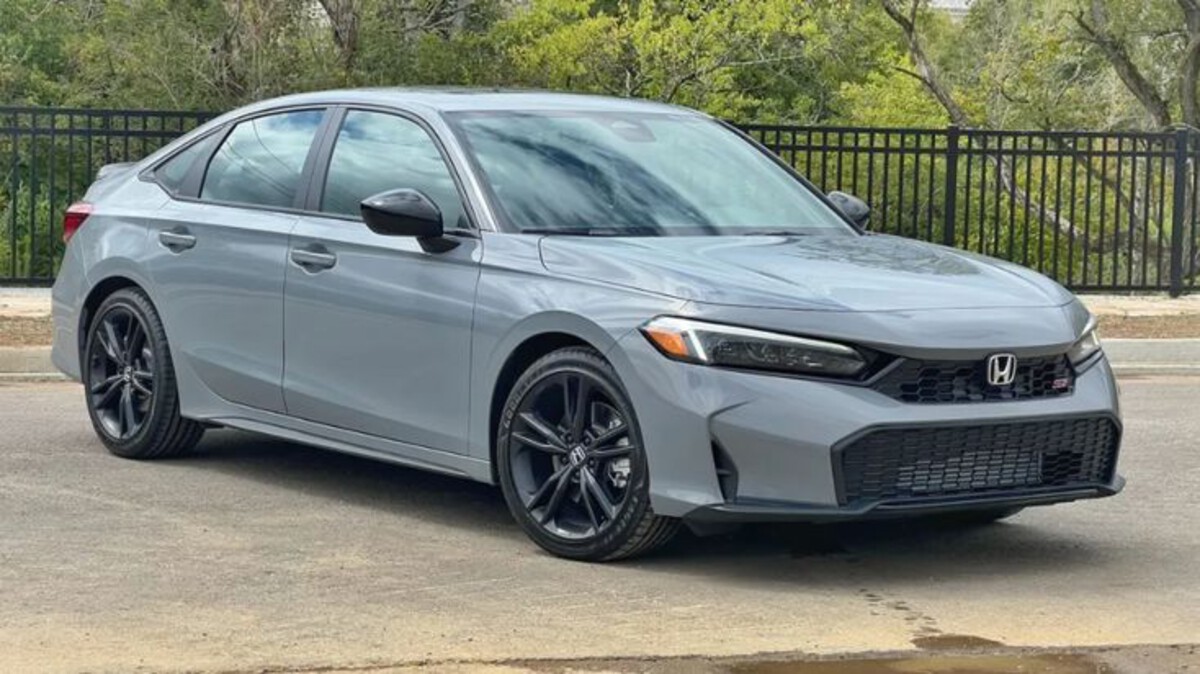Not all cars are created equal, and nowhere is that more obvious than when life gets rough. Whether it’s harsh weather, poor roads, high mileage, or just day-to-day punishment from tough driving conditions, some vehicles rise to the occasion—while others fall apart long before they should.
The difference isn’t just about brand names or price tags. It’s about engineering, build quality, and how much stress a vehicle can truly endure when pampered driving isn’t part of the equation.
This guide compares 5 cars that hold up to abuse with 5 that crumble under pressure. The first group consists of vehicles that have proven themselves in the toughest conditions: fleets, backroads, bad weather, and long-haul use.
They shrug off punishment and keep running long after their competitors give up. The second group, however, represents cars that promise plenty on paper but fall apart when pushed—riddled with premature mechanical failures, poor materials, or fragile components not made for real-world wear.
Whether you’re a contractor, a rideshare driver, or just someone who drives hard and expects your vehicle to last, this comparison gives you a real-world look at which cars deliver—and which ones just can’t handle the heat. Let’s start with the survivors.
Also Read: 5 Engines That Thrive on Cheap Gas and 5 That Demand Premium or Die
5 Cars That Hold Up to Abuse
Some cars are engineered with precision. Others are built with strength. The vehicles on this list combine both—but with a clear emphasis on survivability over style.
These are the cars that don’t flinch at bad roads, overloaded cargo, extreme climates, or constant use. They may not be the fastest or flashiest, but they just won’t quit, even when used and abused daily.
We’re talking about vehicles that have earned their reputations in the real world—in delivery fleets, rural roads, high-mileage family duty, and even harsh industrial environments. These cars aren’t coddled.
They see potholes, gravel, mud, long commutes, and years of neglect—and yet they keep starting every morning. Some come from brands known for their toughness, while others are surprise performers that outlive expectations through sheer mechanical grit.
What makes a car abuse-proof? It’s not just a strong engine or heavy-duty suspension. It’s about robust components, low complexity, ease of repair, and an engineering philosophy that prioritizes longevity over gimmicks.
These are vehicles that don’t rely on fragile electronics or untested technology to survive—they rely on proven hardware and smart design.
This list isn’t built from brochures or spec sheets—it’s based on vehicles that mechanics praise, that owners keep for over a decade, and that don’t crumble under pressure.
These are the long-haul legends, the ones that endure everything from rural duty to commercial pounding and keep moving without complaint.
Whether you’re buying for work, resilience, or peace of mind, these are the cars that won’t let you down when the going gets rough. Let’s take a closer look at five that can take abuse like a champ—and keep asking for more.
1. Toyota Land Cruiser (J80 and J100 Series)
When it comes to surviving punishment, few vehicles have a résumé like the Toyota Land Cruiser. Especially the J80 (1990–1997) and J100 (1998–2007) series, which have cemented their legacy as nearly indestructible machines.
Whether crawling over rocks, towing loads in the desert, or serving in remote military or humanitarian fleets, these Land Cruisers have earned their reputation by enduring the worst environments on Earth.
Why are they so tough? It starts with overengineering. The J80 featured solid front and rear axles, full-time four-wheel drive, and a chassis that could take a beating without flinching.
The inline-6 4.2L diesel (1HD-T and 1HD-FT) and 4.5L petrol engines were legendary for their reliability, often lasting well over 500,000 kilometers with basic maintenance.
The J100 carried that tradition forward, offering improved comfort but retaining much of the heavy-duty DNA. Its available 4.2L turbo-diesel (1HD-FTE) and ultra-durable 4.7L V8 petrol engines were both known for longevity and raw strength.
In both models, the transmissions—manual or automatic—were bulletproof, and the cooling systems were designed to handle brutal heat and steep grades.
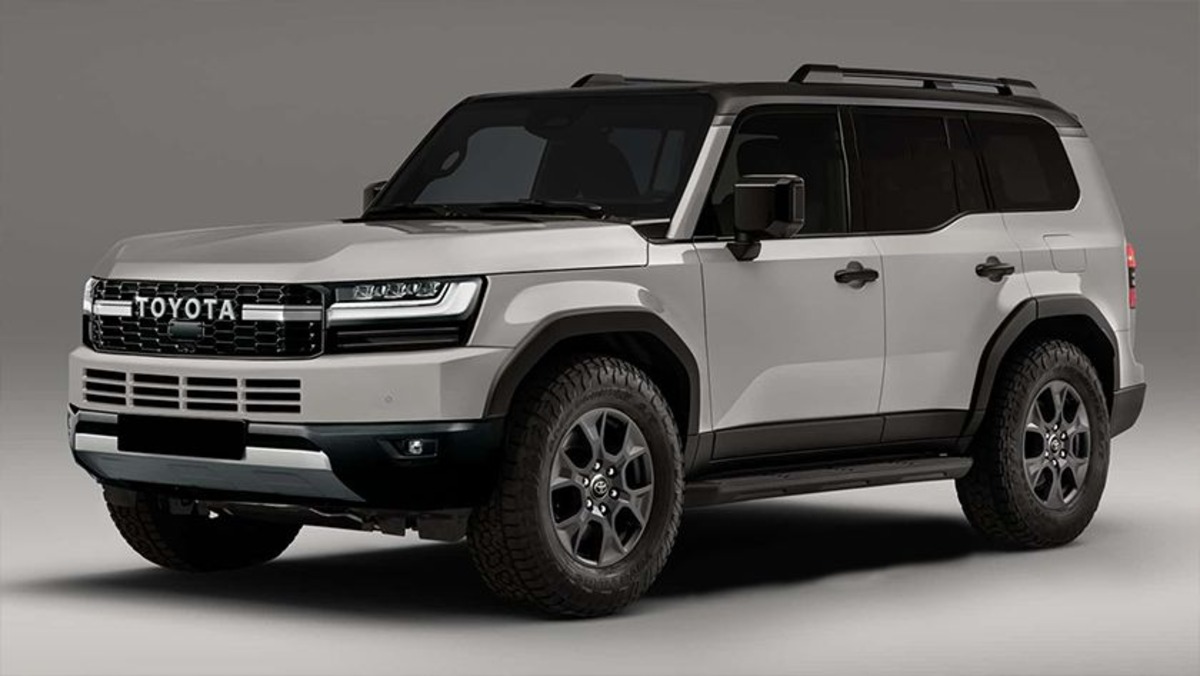
What really sets the Land Cruiser apart is its global support network and ease of repair. It was built to operate in places with no dealerships, no fancy diagnostic tools, and sometimes, no roads at all. As a result, parts are available across continents, and even the most remote mechanics often know how to work on one.
These Land Cruisers are still in use today by NGOs, overlanders, governments, and people who simply need a vehicle that won’t quit. In conflict zones and across continents, they remain a symbol of reliability under stress.
While newer models have grown more luxurious (and expensive), it’s the J80 and J100 series that represent peak abuse-resistance in the SUV world. If you need a vehicle that can survive almost anything, this is the one you want—tested not in labs, but in the world’s harshest realities.
2. Honda Civic (2006–2011, 8th Gen)
The eighth-generation Honda Civic, built from 2006 to 2011, is one of those rare compact cars that manages to combine affordability with near-bulletproof durability.
While it’s often associated with fuel efficiency and daily commutes, the Civic has also proven itself to be a shockingly resilient workhorse when pushed to the limit. In taxi fleets, delivery use, student abuse, and harsh urban driving conditions, this car just keeps going.
What makes this generation so strong is Honda’s commitment to proven engineering. The 1.8L SOHC i-VTEC engine (R18) is among the most reliable four-cylinder engines ever built.
It’s simple, non-turbocharged, fuel-efficient, and capable of easily crossing 300,000 km (186,000+ miles) with just regular oil changes and basic maintenance. The engine isn’t powerful, but it’s designed to withstand high-rev driving and years of rough use.
The Civic’s suspension, while tuned for comfort, holds up well even on poor roads, and the body structure resists rattles and creaks longer than most cars in its class. Drivers have praised how solid it still feels after years of punishment.
Equally impressive is the transmission reliability. The 5-speed automatic and manual gearboxes in this generation are among the best Honda ever made—smooth, durable, and almost never failing prematurely.
CVTs, which appeared in later generations, were not part of this model, and that’s a big plus for anyone worried about long-term abuse.
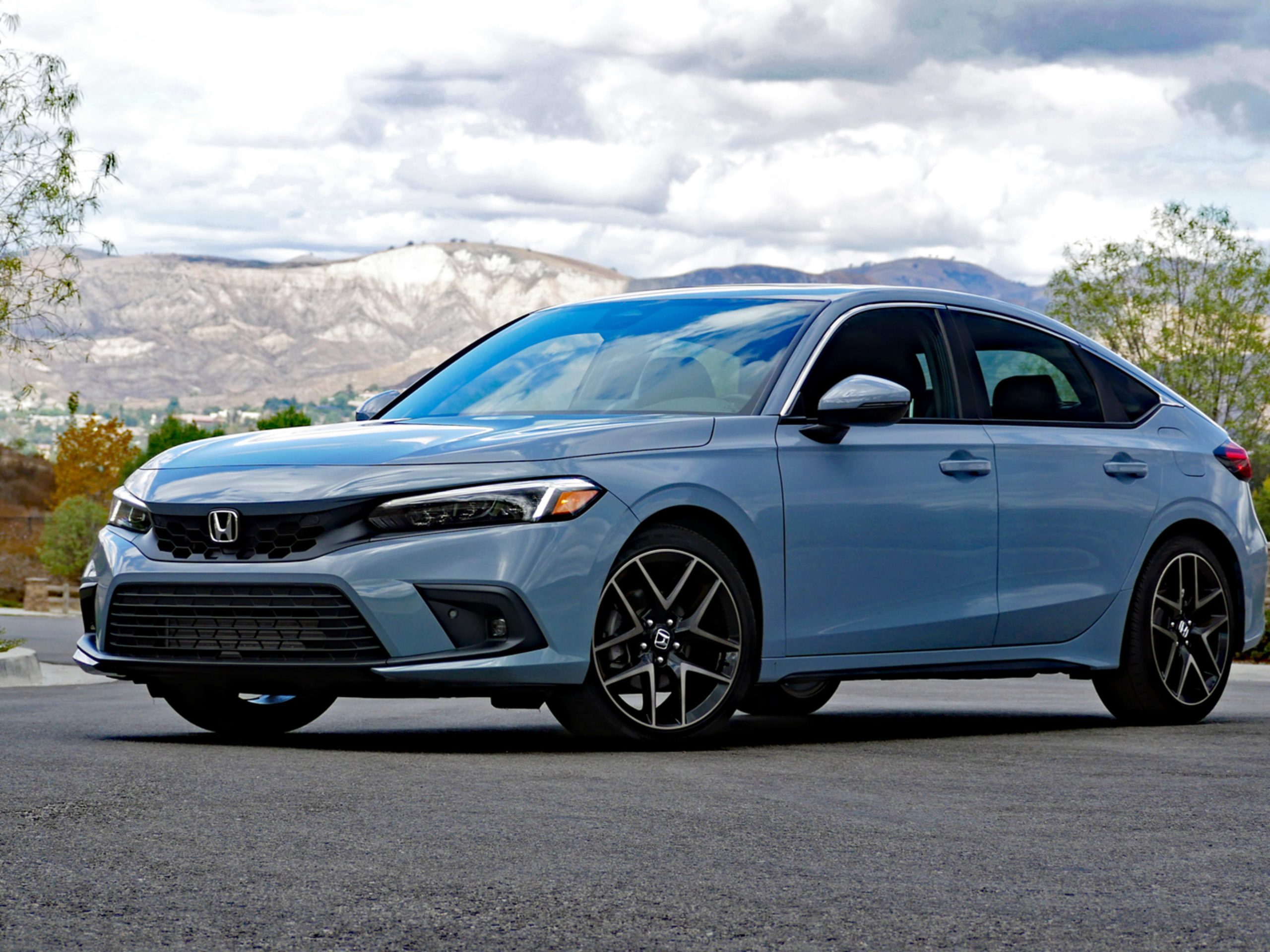
Its low operating cost and incredible reliability have made this Civic a favorite in markets across Asia, North America, and the Middle East. Mechanics love how easy it is to work on, and parts are both widely available and affordable.
While newer Civics have moved toward turbo engines and more tech, the 8th-gen remains a sweet spot of analog durability and mechanical trustworthiness. It doesn’t need to be babied. You can redline it, park it outside, or forget an oil change—and it’ll still be there in the morning.
For anyone looking for a car that can handle daily beatings without breaking a sweat, the 2006–2011 Honda Civic is a gold standard.
3. Ford Ranger (T6, 2011–Present)
The Ford Ranger T6, introduced globally in 2011 and still in production in updated forms today, has become one of the most abused-yet-surviving pickup trucks around the world.
Built for toughness first and refinement second, the T6 Ranger isn’t just a lifestyle truck—it’s a genuine workhorse used in mines, farms, construction sites, and rugged expeditions in Africa, Asia, and Australia. If a vehicle can withstand that kind of treatment, it’s earned its place on this list.
Engineered in Australia for global markets, the Ranger T6 is known for its strong ladder-frame chassis, excellent ground clearance, and engines that are tuned for durability rather than finesse.
The most reliable variants use the 2.2L and 3.2L Duratorq turbo-diesels, which have proven incredibly resilient under constant strain. In fleet and utility use, these trucks regularly surpass 350,000–400,000 km with basic servicing.
The suspension is designed to take punishment—loaded beds, rocky roads, unpaved terrain, and high heat don’t phase it.
Even when pushed to the edge with commercial loads or heavy towing, the Ranger rarely suffers from critical mechanical failures. The transmission options—both manual and automatic—are also regarded as tough and relatively low-maintenance.
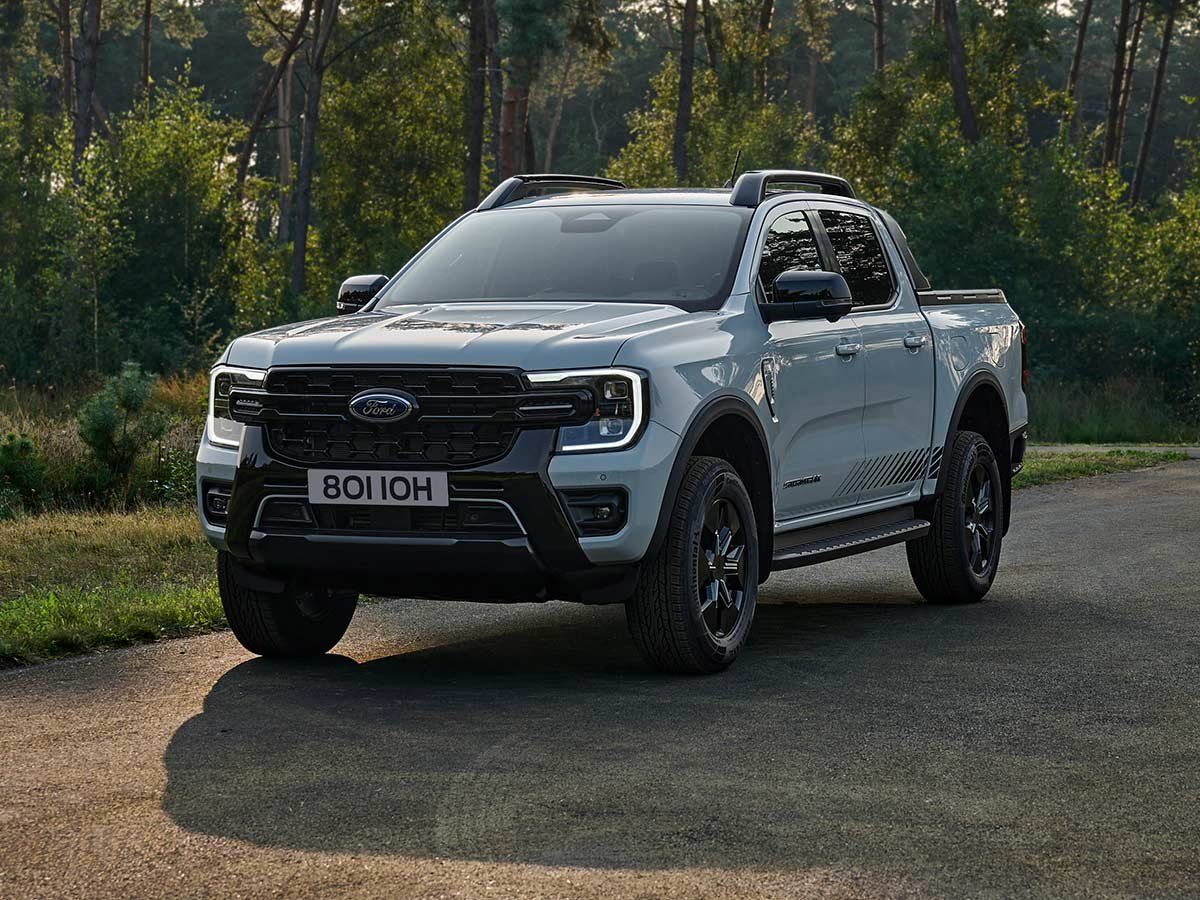
In addition to mechanical strength, the Ranger has a simple, practical design. Interior materials are hard-wearing, controls are straightforward, and the electronics—especially in lower trims—are minimal and less prone to failure. This makes it an ideal vehicle for abuse in places where advanced diagnostics and dealership support are limited.
Operators in harsh environments praise the Ranger for its easy-to-source parts, widespread service network, and reputation for getting the job done without drama.
While Ford has had mixed reliability in other segments, the Ranger T6 is considered one of their best-engineered global products.
If you’re looking for a midsize truck that can haul, crawl, and survive daily beatings, the Ford Ranger is a standout choice. It’s not just built to be driven—it’s built to be worked hard, day in and day out, and still keep moving.
4. Subaru Forester (2003–2008, SG Series)
The 2003–2008 Subaru Forester, known internally as the SG generation, is one of those rare crossovers that’s built less like a modern soft-roader and more like a rugged compact SUV disguised in a station wagon body.
While later Foresters shifted toward comfort and tech, this generation kept things simple, sturdy, and seriously capable—making it a favorite for people who regularly drive in snow, dirt, or off-the-grid locations.
The key to its durability lies in Subaru’s Symmetrical All-Wheel Drive system and boxer engine layout.
In this era, the 2.5L naturally aspirated flat-four (EJ253) was robust when properly maintained, with enough low-end torque to pull through mud, snow, and steep climbs.
Combined with a low center of gravity, the SG Forester handled rough roads and emergency maneuvers better than most compact SUVs.
It also offered impressive ground clearance—often more than some larger SUVs—and had a suspension setup that soaked up abuse without shattering over time.
Owners routinely used their Foresters for rural deliveries, backroad commutes, and even as light-duty off-roaders. With basic maintenance, these cars commonly run past 300,000 km (185,000 miles) without major failure.
Inside, the Forester was built with function over flash—sturdy plastics, simple electronics, and large controls that were easy to operate with gloves on.
Unlike modern SUVs packed with finicky touchscreens and drive modes, the SG Forester felt purpose-built for harsh environments and real-world needs.
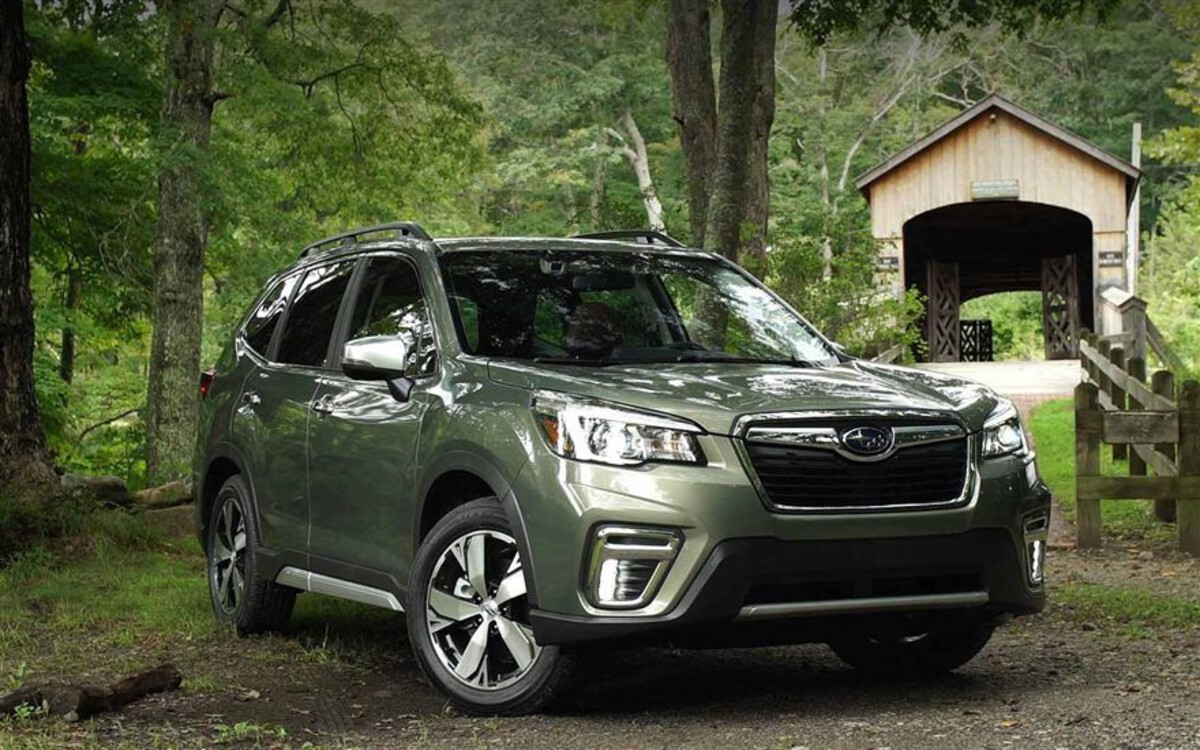
What makes it especially popular in cold-weather regions is its year-round dependability. The AWD system doesn’t require activation—it’s always on, always reliable. In deep snow or heavy rain, it’s the kind of vehicle that just keeps going, regardless of what nature throws at it.
Yes, head gasket issues were common if neglected, but those are well-known, preventable, and easy to fix compared to the failures seen in more modern, tech-heavy vehicles.
In the world of vehicles that don’t flinch at abuse, the SG Forester remains a sleeper hit: compact, capable, and hard to kill.
5. Toyota Hilux (1997–2005, 5th & 6th Gen)
If there’s a vehicle that practically defines the phrase “built to take abuse,” it’s the Toyota Hilux. Especially the 5th (1997–2001) and 6th generation (2002–2005) models, which have become symbols of indestructibility in war zones, remote deserts, mountain regions, and the harshest working conditions imaginable.
There’s a reason you see Hiluxes still running in conflict zones, used by NGOs, military units, and tradespeople who rely on them to function without fail.
These trucks are built on a rock-solid ladder frame, feature ultra-simple diesel or petrol engines, and avoid overcomplication at every turn.
The 2.4L and 2.8L naturally aspirated diesel engines, in particular, have achieved legendary status. They may not be fast, but they’re nearly unbreakable and run on low-grade fuel without complaint.
Owners and mechanics around the world praise the Hilux for its ease of repair, even in the field. The body is made to withstand impacts and corrosion.
The suspension is tuned to handle heavy payloads, rough roads, and outright abuse. Shocks and bushings are robust enough to absorb years of bouncing over potholes and rock tracks with minimal failure.
The Hilux’s global reputation is supported by its availability of spare parts in even the most remote regions. No matter where you are, there’s a good chance someone nearby knows how to fix one—and has the parts to do it.
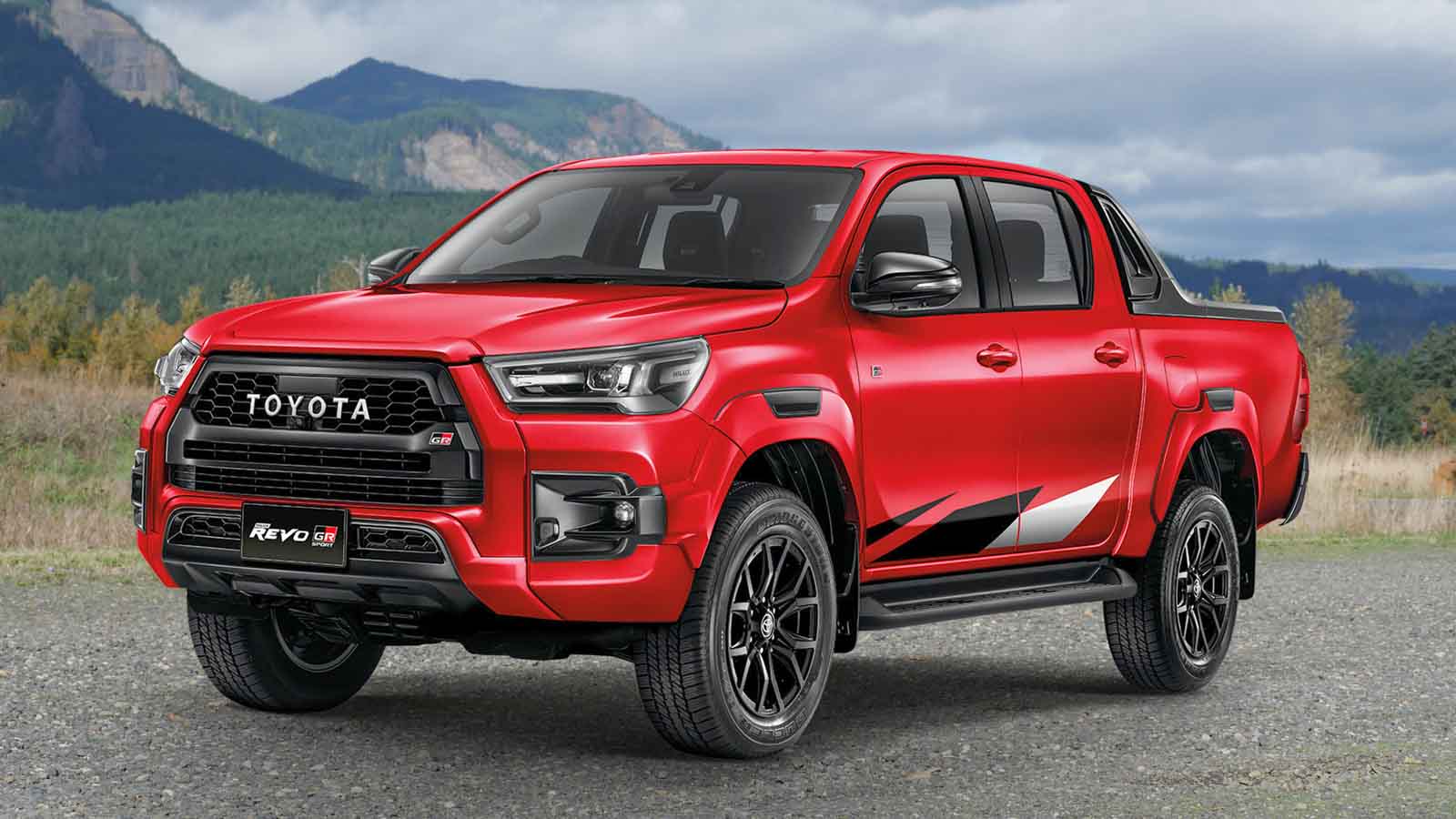
This isn’t a truck filled with luxury or soft-touch plastics. It’s utilitarian, rugged, and proudly no-frills. The interiors are basic and designed to be hosed out if needed.
Electronics are minimal, reducing the chance of failure. Yet despite its simplicity, it delivers remarkable reliability in the toughest environments imaginable.
Whether carrying tools through a mine, climbing a mountain trail, or enduring monsoons, the Hilux takes it all in stride. It’s not just a tough vehicle—it’s a global standard for automotive durability.
If you want a truck that will still be running long after others have retired—or rusted into the ground—the Toyota Hilux is your safest bet for surviving abuse.
5 Cars That Crumble
Just as some cars are celebrated for their strength under pressure, others quickly gain a reputation for doing the opposite.
These are the vehicles that promise durability but collapse under real-world conditions—not just over time, but often within the first few years of moderate to heavy use. Whether it’s from poor engineering, cost-cutting, or overcomplicated systems, these cars simply don’t hold up to abuse.
This section isn’t about minor annoyances. It’s about cars that experience critical failures well before their time—from engines that seize, transmissions that burn out, or suspensions that buckle under everyday load.
These are vehicles that might seem like good deals on paper—affordable, fuel-efficient, well-equipped—but in the real world, they can turn into rolling liabilities.
Some of these cars weren’t even designed to take abuse. They were built to hit a price point or appeal to style-conscious buyers, with little thought for longevity.
Others were marketed as rugged but suffered from poor quality control or fragile drivetrains that simply couldn’t keep up with daily wear and tear. And in fleet use, rideshare work, or demanding climates, they tend to fall apart fast.
For anyone who drives hard, drives a lot, or just doesn’t want to live at the repair shop, these are the models to be cautious about.
Because when a vehicle starts crumbling after only 40,000–60,000 kilometers, it doesn’t matter how modern or attractive it looks—it’s costing you time, money, and reliability.
Let’s take a closer look at five cars that crumble under abuse, and why they fail to stand up where others thrive.
1. Dodge Caliber (2007–2012)
At launch, the Dodge Caliber was supposed to be a fresh, edgy replacement for the aging Dodge Neon. It had a bold design, hatchback versatility, and was marketed as a rugged, compact alternative for young drivers and city dwellers alike.
But under the surface, the Caliber quickly developed a reputation for mechanical weakness, cheap construction, and miserable long-term durability—especially when subjected to any kind of hard use.
The most critical failure point was its CVT transmission, sourced from Jatco. Under normal driving conditions, it was already sluggish and prone to overheating.
But when the Caliber was driven hard, used for delivery work, or operated in hot climates, the CVT became a reliability disaster, frequently failing well before 100,000 km (62,000 miles). Repair costs were high, and replacement was often the only option—sometimes twice during the car’s short life span.
The interior materials were equally problematic. The cabin plastics were among the worst in the industry at the time—brittle, rattly, and fast to degrade. Door handles broke. Switchgear wore out. Seats collapsed. It gave the impression of a car that aged in dog years.
Then there were the suspension issues. The Caliber was equipped with a harsh, underdeveloped ride setup that transmitted road shock directly into the body.
Over time, control arms, bushings, and struts wore out prematurely, especially if driven on poor roads. Add in an electric steering system that lacked precision and often developed clunks and noises, and you had a car that quite literally fell apart from the wheels up.
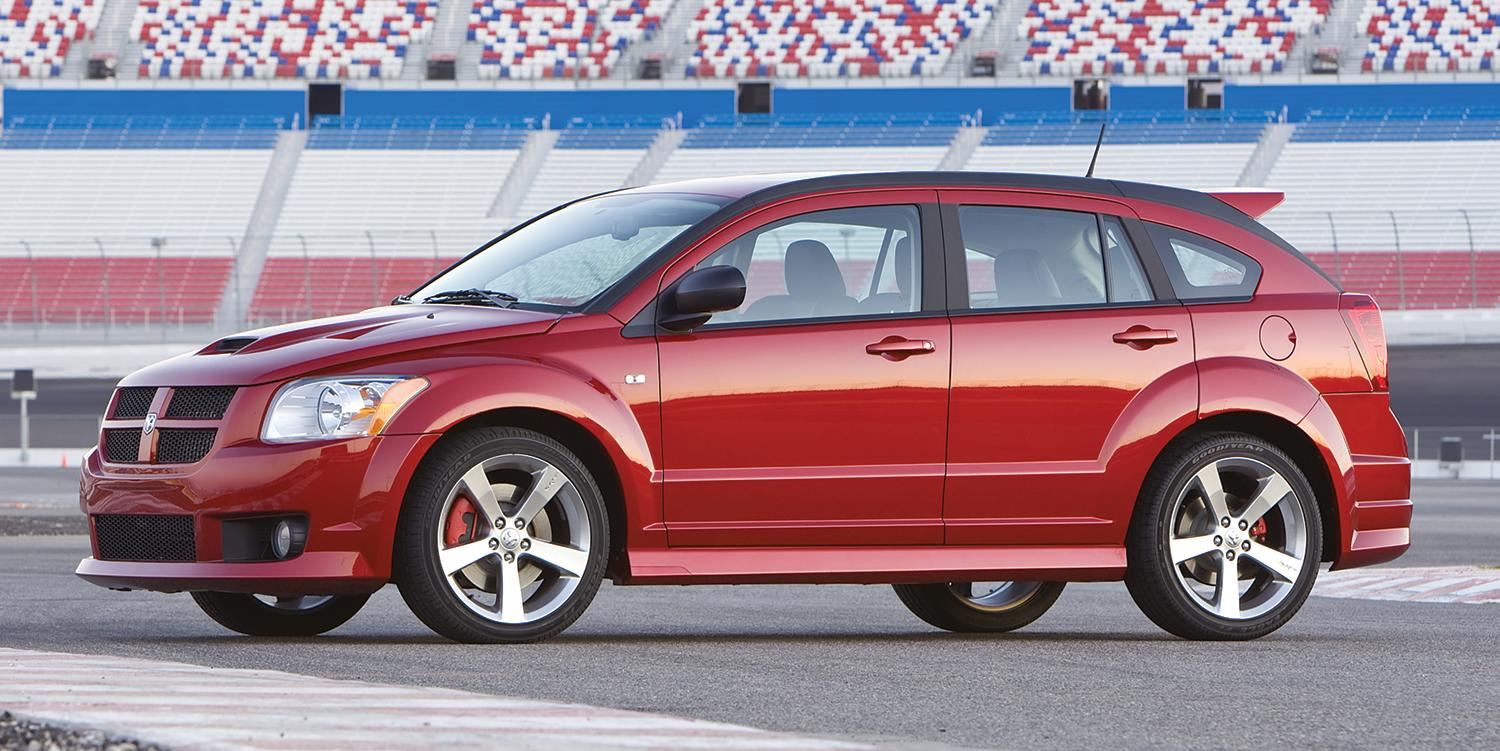
Even basic maintenance became a chore, with hard-to-access components, unreliable electronics, and weak aftermarket support.
As a result, many Calibers were scrapped before reaching 150,000 km—not because of a single catastrophic issue, but death by a thousand failures.
For anyone who needed a car that could handle real-life conditions—be it potholes, cargo, mileage, or speed bumps—the Dodge Caliber proved woefully underbuilt.
It’s a classic example of a car that looked interesting on paper but crumbled fast under any kind of sustained pressure.
2. Hyundai Accent (2011–2017, 4th Gen – RB)
The fourth-generation Hyundai Accent (RB), sold from 2011 to 2017, arrived with promises of style, efficiency, and affordability. And in many ways, it delivered—at least initially.
It looked sharp for its price, had decent fuel economy, and gained traction in global markets as a budget-friendly commuter.
But once these cars were pushed beyond gentle use, especially in harsh driving environments or commercial roles like taxis and ride-hailing, the Accent revealed a worrying tendency to crumble quickly.
One of the major issues was the fragile suspension system. Designed more for comfort than durability, the Accent’s struts, bushings, and control arms wore out rapidly on poor or uneven roads.
In areas with potholes, speed bumps, or unpaved terrain, owners often reported suspension degradation within the first 30,000–40,000 kilometers. The car’s lightweight construction, while good for efficiency, simply wasn’t robust enough for tough driving.
Engine durability was also a concern. While the 1.6L Gamma engine delivered good performance on paper, it suffered from timing chain tensioner issues, oil consumption, and in some cases, complete failure due to overheating or poor-quality components.
These problems appeared even in vehicles that had followed regular maintenance schedules, particularly those used in hot climates or under load.
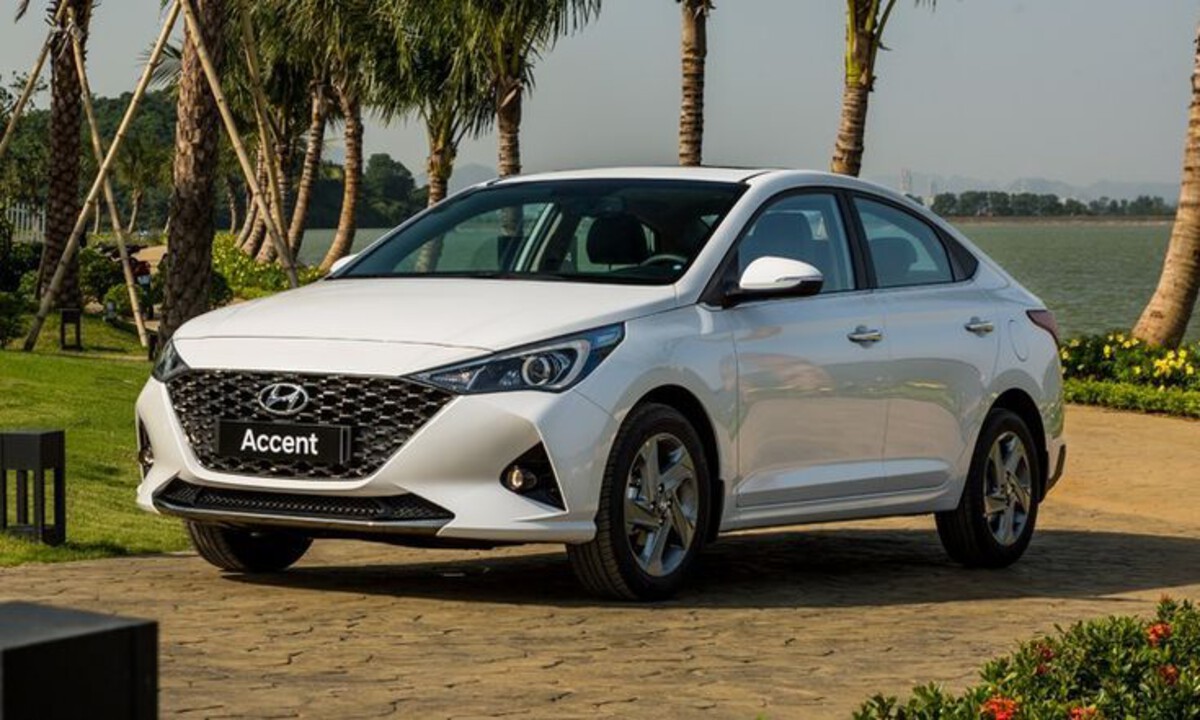
Interior quality didn’t help its long-term appeal either. Plastic panels scratched easily, door locks and window motors failed early, and seat fabric degraded faster than expected.
Small electrical gremlins—like failing sensors and dashboard lights—became annoyances that compounded the overall sense of a car aging too quickly.
Another weak point was the automatic transmission. While not as notoriously bad as some CVTs, Hyundai’s 4-speed and 6-speed autos in this generation suffered from jerking, poor shift quality, and early wear in high-mileage units—particularly those used in stop-and-go traffic daily.
Ultimately, the RB Accent was never designed for hard driving or abuse. It worked well as a commuter or a second car, but when put into the grind of long miles, poor roads, and heavy loads, it showed its economy car roots in all the wrong ways.
For buyers needing real durability, the Accent looked good at first—but didn’t hold together under pressure.
3. Chevrolet Cruze (2009–2016, First Gen)
The Chevrolet Cruze was hailed as a turning point for GM’s global compact lineup. With sleek styling, a quiet cabin, and turbocharged engines, it seemed poised to take on the Civic and Corolla head-on.
And it did—for a short while. But once the Cruze found its way into fleet service, rideshare use, and high-mileage roles, its glossy image began to collapse.
Beneath the surface, the Cruze was plagued with mechanical fragility and engineering shortcuts that made it one of the worst cars to own under abuse.
The most infamous issue was its 1.4L turbocharged petrol engine, which promised performance and efficiency, but frequently delivered cooling failures, cracked pistons, and turbocharger breakdowns—often before 100,000 km.
Coolant leaks, especially from the water outlet and thermostat housing, were so common they felt inevitable. Left unchecked for even short periods, these leaks could lead to head gasket failure or complete engine death.
The automatic transmissions didn’t fare much better. The 6-speed units were prone to hard shifts, torque converter issues, and eventual slippage—especially under city driving and load. Manual versions held up slightly better but weren’t immune to clutch wear and gearbox sync problems under heavy use.
Even the interior, which felt upscale compared to competitors, aged poorly. Dashboards warped under sun exposure, infotainment systems froze or died entirely, and switches and buttons became loose after repeated use. Seat bolsters wore quickly, and the cabin insulation deteriorated, letting in noise and heat over time.
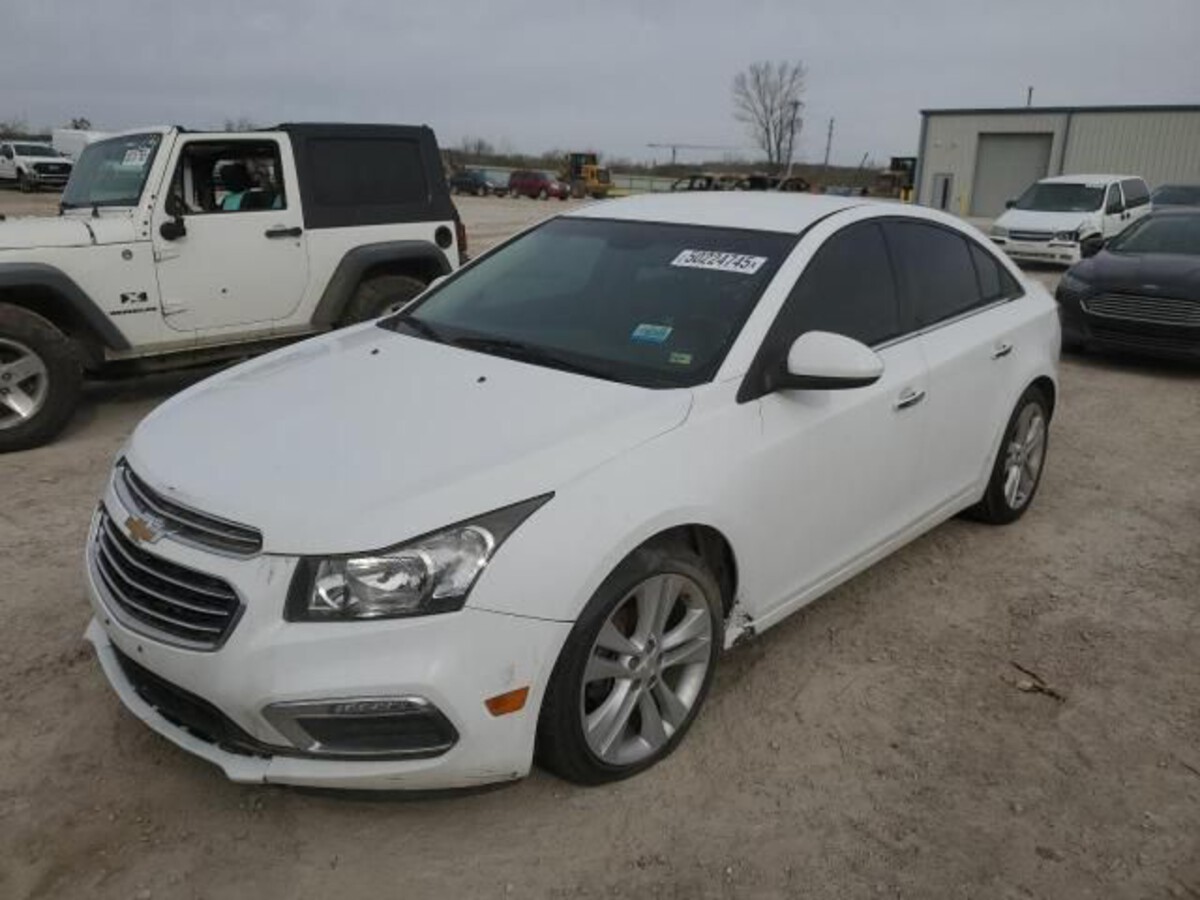
Underneath, the Cruze’s suspension system also showed its weakness. Bushings, strut mounts, and wheel bearings wore out fast on poor roads. The car’s relatively low ground clearance didn’t help, often resulting in underbody damage when driven aggressively or loaded.
While the Cruze was initially well-received for its value and refinement, it became a frequent visitor to the mechanic once exposed to real-world stress.
The complexity of its engine and cooling system, combined with mediocre reliability and high repair costs, made it a poor choice for anyone needing a car that could take abuse.
In the end, the Cruze is a classic example of a car that looked promising but couldn’t survive real-world pressure—a polished shell with a fragile core.
4. Renault Duster Petrol (1.6L & 1.5L Variants, 2012–2018)
The Renault Duster made a bold entrance into emerging markets with its rugged looks, high ground clearance, and practical dimensions.
At first glance, it looked like the perfect vehicle for developing regions—compact, SUV-like, and affordable. And while the diesel Duster earned some respect for durability, the petrol variants, particularly the 1.6L and 1.5L engines, told a very different story.
When subjected to daily abuse—whether in ride-hailing fleets, rural duty, or harsh city driving—the Duster petrol crumbled faster than expected.
The biggest issue was the powertrain. The naturally aspirated 1.6L petrol, shared with the Nissan-Renault alliance, struggled with poor fuel economy and serious reliability issues once mileage crossed 60,000 km.
Timing chain problems, overheating, ignition coil failures, and erratic idle plagued the engine. In hotter climates, the underpowered cooling system often led to heat soak and engine knock, particularly in traffic-heavy or hilly areas.
The manual transmissions, though initially smooth, began developing stiffness, clutch wear, and synchronizer failures—especially in high-mileage fleet use.
The automated manual transmission (AMT) options introduced later only worsened the situation with jerky shifting and premature clutch actuator failures.
Suspension components wore quickly, with control arms, struts, and stabilizer links showing signs of fatigue by the 30,000–40,000 km mark.
The Duster’s appeal as a “soft-roader” faded when owners realized it wasn’t engineered for long-term abuse—especially when fully loaded or driven on uneven terrain. The bushings and mounts were simply not built for durability.
Interior materials also lacked longevity. Seat fabric faded and tore easily, dashboard plastics cracked under UV exposure, and the infotainment system (especially the MediaNAV units) suffered frequent glitches.
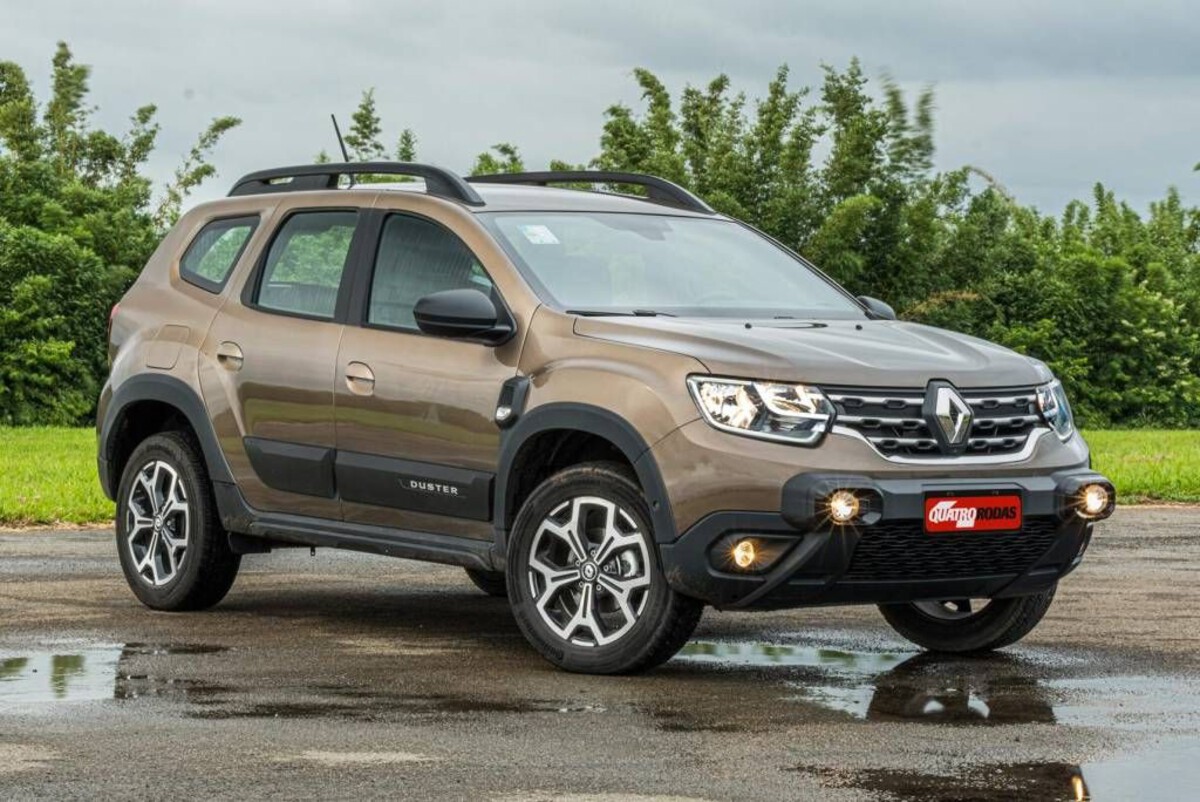
Electrical issues—ranging from power window failures to dashboard warning lights that wouldn’t disappear—added to owner frustration.
And while Renault marketed the Duster as “tough and capable,” the petrol variants lacked the engine resilience and build quality to actually live up to that claim. Mechanics often struggled with limited parts availability or inconsistent diagnostic support.
In real-world use, especially in countries where roads are less forgiving, the Duster petrol proved to be a fragile, maintenance-heavy companion. It may have looked rugged, but underneath, it simply wasn’t built for sustained stress.
5. Fiat Punto Evo (2009–2018, Global Variants)
The Fiat Punto Evo was meant to be a step forward from the original Punto—a modern hatchback with Italian styling, decent fuel economy, and city-friendly dimensions.
In markets like India, Europe, and parts of Latin America, it was positioned as a budget-friendly alternative to the more mainstream compacts.
But while its design turned heads, the Punto Evo quickly developed a reputation as a vehicle that couldn’t handle real-world pressure, especially when subjected to heavy or abusive use.
Let’s start with the engine options. The 1.2L and 1.4L FIRE petrol engines were underpowered for the car’s weight and were frequently pushed hard, especially with a full load.
This constant strain led to overheating, ignition system failures, and premature timing belt issues.
The Multijet diesel engine, while more refined, had its own set of problems—particularly EGR valve failures, turbocharger issues, and injector wear, all of which translated into steep repair bills.
The Punto Evo also suffered from notoriously weak gearboxes. The 5-speed manual transmission was often described as clunky, and under sustained abuse—especially in hilly or traffic-heavy environments—owners reported gear slippage, synchro grinding, and clutch wear that appeared much earlier than it should.
Ride quality was one of the car’s selling points, thanks to a well-tuned suspension. But durability? Not so much.
Lower arms, anti-roll bars, and struts didn’t hold up under poor road conditions or fleet use. Within 30,000–40,000 km, many owners had already replaced multiple suspension components.
Inside, the cabin showed its budget roots quickly. Plastic panels warped and cracked under sunlight, power window switches failed, and seat upholstery deteriorated rapidly with daily use.

To make matters worse, Fiat’s after-sales support was inconsistent in many regions, with long waits for parts and limited dealer availability. Many mechanics also found the car difficult to work on due to its compact engine bay and complex electronics.
While the Punto Evo looked the part of a reliable city hatchback, it failed to deliver when put to work.
It’s a car that, sadly, just wasn’t built to last under pressure—and for owners who needed a dependable daily companion, the Punto Evo was often a source of more frustration than transportation.
The difference between a car that lasts and one that crumbles isn’t always visible in the showroom. Under sleek styling, tech features, and spec sheets lies the real test: how well does a car endure punishment?
For most people, abuse doesn’t mean off-road rallying or driving into rivers—it means potholes, extreme temperatures, stop-start traffic, inconsistent maintenance, and long daily drives. That’s where the real survivors shine, and the pretenders fall apart.
The five cars that hold up to abuse—from the legendary Toyota Land Cruiser and Hilux to the humble Honda Civic and Subaru Forester—earned their spots not because they’re perfect, but because they don’t give up easily.
They are simple, well-engineered, and easy to maintain. They were built with endurance in mind, not just aesthetics or short-term sales.
These are the vehicles mechanics recommend, fleet owners swear by, and global markets continue to rely on in the harshest conditions.
In contrast, the five that crumble—the Dodge Caliber, Hyundai Accent, Chevrolet Cruze, Renault Duster (Petrol), and Fiat Punto Evo—demonstrate what happens when form overtakes function.
Whether due to poor component quality, overcomplicated systems, or a lack of durability testing, these vehicles often become money pits when exposed to real-world wear.
What looked good on launch day often turned into repeat trips to the repair shop within just a few years.
The takeaway is clear: if your driving conditions are anything less than ideal—or you plan to keep your car for the long haul—buying for durability is smarter than buying for flash.
Over time, a resilient car saves money, reduces stress, and earns your trust. A fragile one, no matter how affordable upfront, will cost more in repairs, downtime, and lost peace of mind.
So whether you’re buying your first car or your fifteenth, remember—the strongest cars aren’t always the loudest. But they’re always the last ones running.
Also Read: 5 Cars With Engines That Can Handle Neglect and 5 That Fail Without Perfect Maintenance

